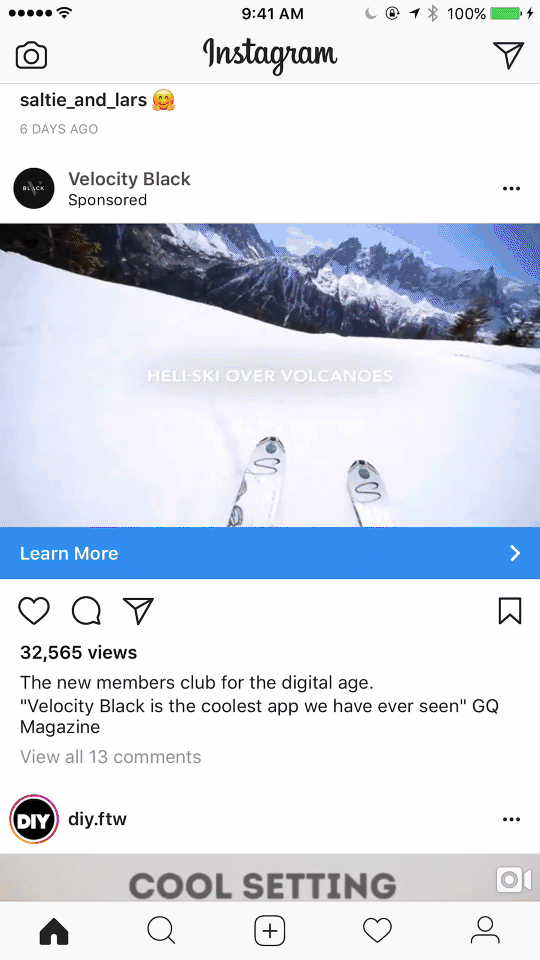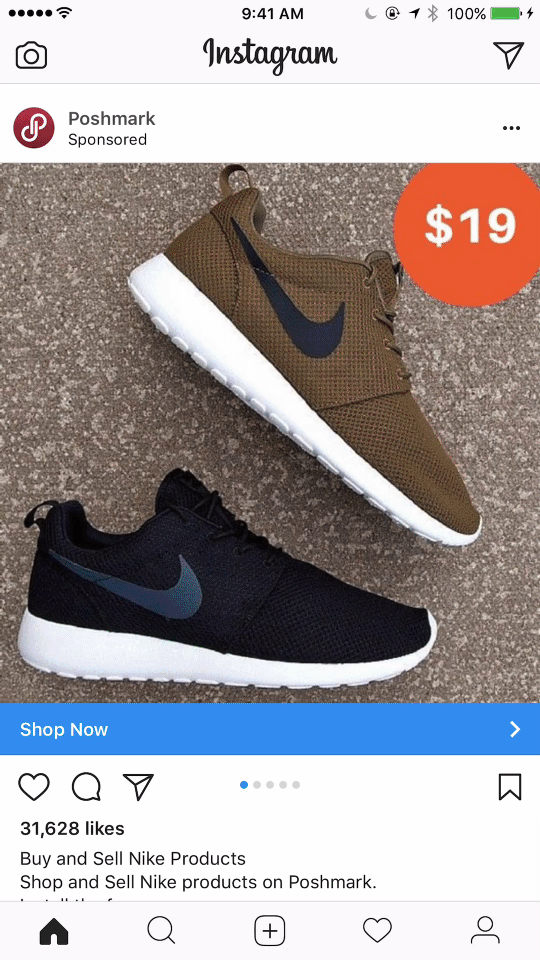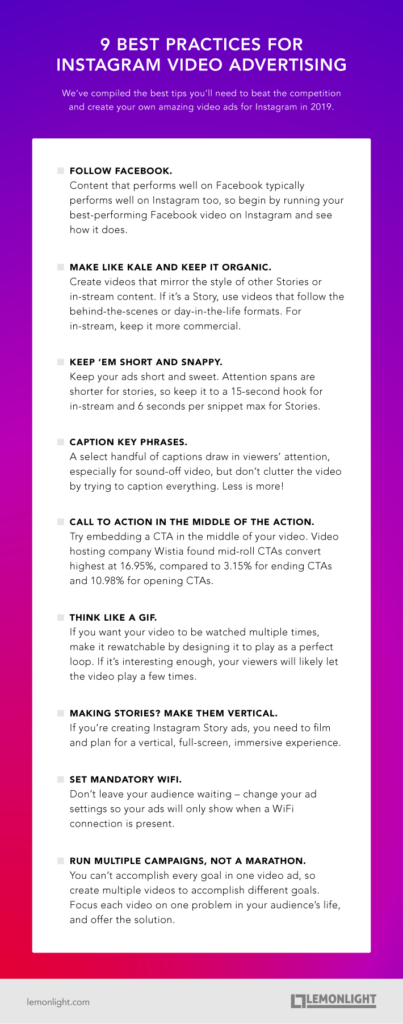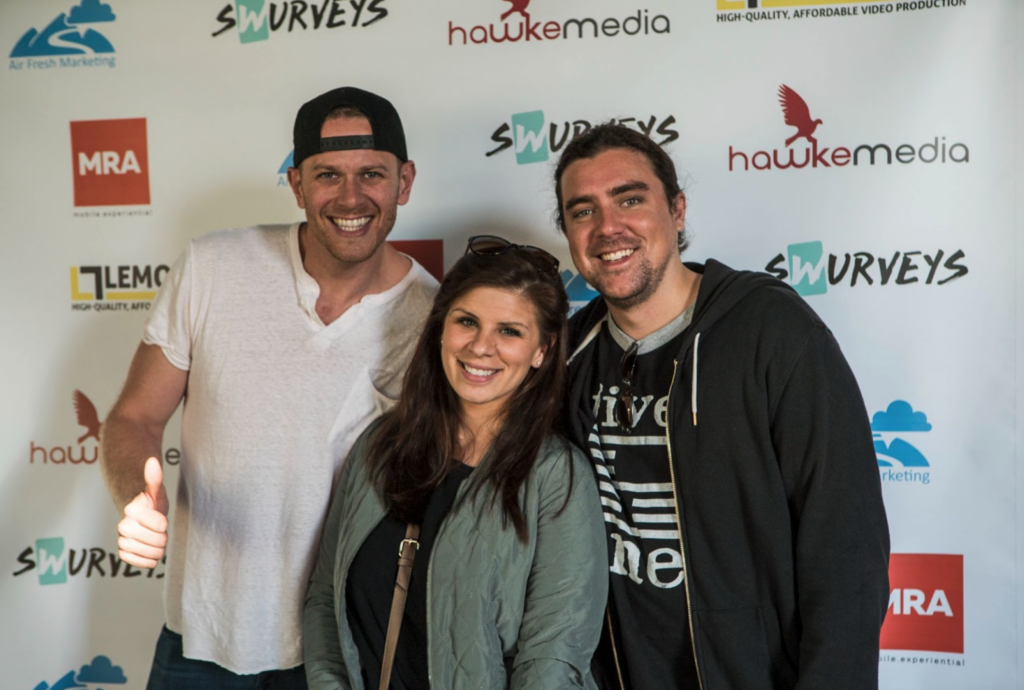If you haven’t heard – 2018 has been the year of Instagram. With Facebook’s decline in public favor, and as other platforms scramble to police themselves, Instagram seems to be the only platform free from controversy (so far), despite having been bought by Facebook in 2012. Here, users are free to express themselves in a safe environment, helping bring in billions in advertising dollars from companies big and small.
There’s a lot of good reasons advertisers are flocking to Instagram. For starters, the integration with Facebook’s ad platform doesn’t hurt – nor does advertising on a platform free from all of Facebook’s negative stigma. Plus, Instagram’s user-base is growing exponentially, easily surpassing a billion monthly active users in June. It’s become the gold standard for positive user experience, borrowing the best parts from other platforms and merging them all in one place, like Instagram Stories, which feature Snapchat-style daily disappearing video, or the newly launched Instagram TV, which functions like YouTube for content creators.
All in all, Instagram is worth your time and advertising dollars. If you’re not convinced, keep reading – we’re sharing everything you need to know about Instagram video advertising and distribution, including vital best practices you’ll need for 2019!
How does video advertising on Instagram work?
Video advertising on Instagram is divided into two categories: standard in-stream video ads and Story ads. Even though they’re different, you’ll still need a Facebook page and Business Profile to create and run them.
In-Stream Video Ads
Instagram video ads look almost identical to a traditional in-stream post from any Instagrammer, with the exception that these posts have a promoted button directing the intended audience to “Learn More” (or a similar CTA). According to Instagram, they can now be created in either landscape or square format and be up to 60 seconds long.

Story Ads
Story ads are short-form, full-screen, vertical format ads that show up in the Stories section of Instagram, where Instagram users view Snapchat-style disappearing content that only lasts for twenty-four hours. These ads show up like a commercial break between your friends’ content, and aims to mimic the style and feel of other content being viewed so as to not be too abrasive or disruptive.

Carousel
Similar to Facebook, Instagram also offers a Carousel-style advertising format for video and photo ads. Carousel video ads show multiple videos in a slideshow presentation, anywhere from two to 10 slides, alongside a call-to-action button underneath.

You can buy, run, and track Instagram ads in a handful of ways, either through a promoted post directly using the ads manager, or working with one of Instagram’s provided partners (a third party). Since Instagram ads are run through Facebook’s advertising manager, it’s really simple to set up and run your own. Just set your objective, audience targeting, and format within the ads manager, determine your budget, then publish. You can try it out yourself here.
Why use Instagram video ads instead of Facebook, YouTube, or LinkedIn?
First and foremost, Instagram boasts a billion monthly active users. That’s easy access to A LOT of people. To put it in perspective, YouTube only recently reached this milestone after being in business for nearly twice as long as Instagram. And Facebook, the top contender in sheer monthly-user volume, is arguably on the decline after this year’s many controversies, and will likely be capped out at a ceiling of two billion for a while. Instagram only has room to grow.
More importantly, though, is Instagram’s integration with Facebook’s backend ad manager. Their integration allows you to run video ads on both Instagram and Facebook at the same time, which is very simple to do and an effective way to optimize your reach and spend. Their advanced data analytics also give you tons of actionable information. Is your video ad reaching more eyeballs on Instagram or Facebook? Which platform is driving more link click-throughs? Which is driving more conversions? You can prioritize this automatically and shift spend to whichever platform is the highest performing, so you get the most out of your money.
Not only that, but Instagram feels more friendly and trustworthy to users in their interactions with businesses. For example, Instagram reports that 80 percent of users end up following at least one business on the platform. As recently as March 2017, over 120 million users either direct messaged a business, visited a website, called a number, or emailed an address through the platform, and at least 30 percent have purchased a product they first saw on Instagram.
Bonus Tip: According to a Pew Research study, Instagram is most popular among adults 18-29, with 55 percent of all people in this age group (millennials) using the platform. The study also showed 31 percent of women and 24 percent of men use Instagram, so the platform (similar to Facebook) skews younger and slightly more toward women.
What video types work best for Instagram video ads?
Before deciding what type of Instagram video ad to create, decide what goal you’re trying to achieve with your video advertising. Here are the four main goals you can set for your video campaign, and what types of video work best for them.
Goal: Attract New Audiences
You’re going to want to optimize your campaign for brand awareness in order to attract as many users as possible, and familiarize them with your brand.
In-Stream Ads: Try a 15-second commercial or promo to promote your brand, or use a before and after time-lapse video to capture new audiences’ attention.
Story Ads: Try a three-part industry or educational video via the Stories carousel feature, and tell a mini-story about your brand’s impact on your industry or on the lives of your customers.
Goal: Engage More Visitors
If you want to engage with viewers on Instagram, the goal is to get the right type of people to take an action. You’ll want to optimize your campaign for traffic to drive them to your page, and video views to make sure the right audiences are seeing it.
In-Stream Ads: Try a testimonial or brand video to inspire your intended audience to learn more about you. If you’re a food company, create a visual DIY recipe video. If you’re in the beauty industry, try a DIY makeup tutorial.
Story Ads: Try a day in the life video that looks and feels like the type of content your followers’ and audiences’ friends are creating. Make it compelling enough, and they’ll be motivated to take action.
Goal: Nurture Leads into Customers
If you’re trying to turn leads into customers, optimize your campaign for conversions, which helps you get the lowest cost per action. Use video to promote a specific sale, service, or product directly.
In-Stream Ads: Try an FAQ video about your promoted product or sale, answering any questions your leads might have in the consideration phase of their buyer’s journey. You can also promote a 60-second clip of a longer product review video to transparently represent your product or service.
Story Ads: Create a customer spotlight video that highlights your customers’ success in tandem with your own. Or try creating an event video using footage from a recent event.
9 Best Practices for Instagram Video Advertising
Quick Specs to Keep in Mind
Looking for a full break down of video ad specs? Check out our guide, which breaks it all down platform by platform.
In-Stream Video Ads
Landscape Resolution: 600×315
Landscape Aspect Ratio: 1:9
Square Resolution: 600×600
Square Aspect Ratio: 1:1
Vertical Resolution: 600×750
Vertical Aspect Ratio: 4:5
Max File Size: 4 GB
Max Length: 60 seconds
Max FPS: 30 FPS
Recommended formats: .MP4 and .MOV
In-Stream Caption Character Recommendation: 125 characters
Story Video Ads
Max Resolution: 1080×1920
Min Resolution: 600×1067
Aspect Ratio: 9:16
Max File Size: 4 GB
Max Length: 15 seconds
Recommended Formats: .MP4 and .MOV
Are Instagram Video Ads for you?
If you have the budget for video advertising and you’re already spending ad dollars on Facebook, you should absolutely be testing and comparing your results by running a dual campaign on Instagram. By running an Instagram video ad and Facebook video ad simultaneously, you get double the reach, double the exposure, and access to billions more viewers. If you’re already running on Instagram and Facebook, all you need is a video strategy for YouTube, Twitter, LinkedIn and you’ve pretty much conquered the entire social video advertising universe!
But you can’t do any of that without a plan. Reach out! Our team of creative producers are ready to jump on the phone with you right now to answer any questions you have about how video advertising can work for you and your company. No matter the platform, video advertising has to start with a video – and there’s no better team than ours to help you create high-quality, affordable video content. Schedule your call today.



